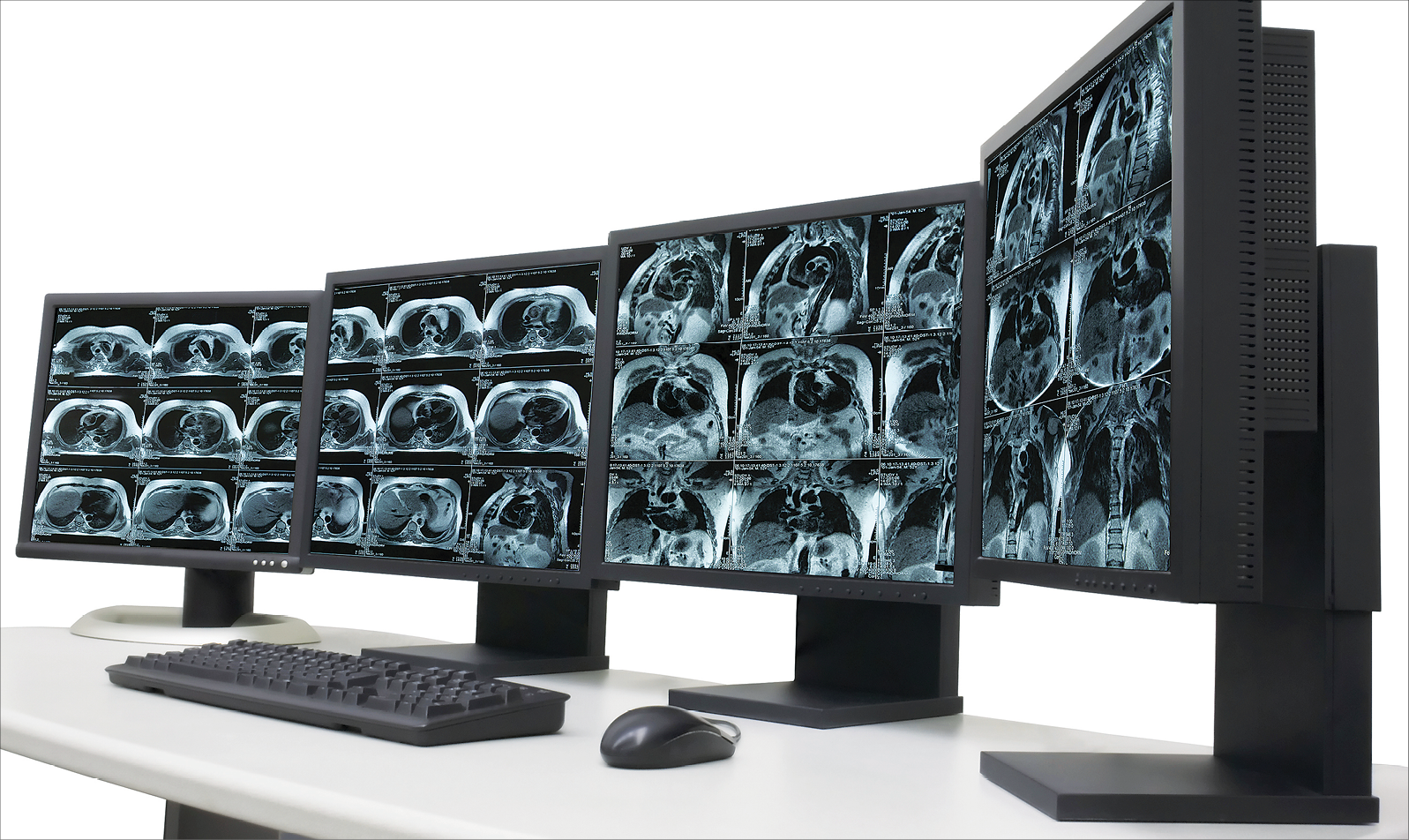Teleradiology services have evolved rapidly in recent years. A practice that started out as convenient, supplementary services has today emerged as an indispensable system in the field of medicine.
By facilitating the transmission of radiological images from one location to another for interpretation, this practice has enabled hospitals and clinics to provide timely and more efficient patient care. Radiologists, especially sub-specialists, are not always available for consultation at medical centers, especially at night or on weekends. With teleradiology, they can work from their homes and provide round-the-clock services.
This practice works by first producing radiological images of patients, such as X-rays and MRIs under the supervision of a radiology technician. The images are then transmitted via specialized software to an off site radiologist for analysis and interpretation. After these have been accomplished, the radiologist can provide a preliminary report for emergency cases, or a final report that includes all findings in sometimes as soon as 30 minutes.
Thanks to teleradiology services, patients are able to benefit from a rapid diagnosis and report turnaround. Some companies provide such services exclusively, making interpretation services and report generation by expert radiologists available 24/7. These have significantly made an impact in the improvement of patient care by providing quality output from anywhere as soon as possible.
Teleradiology has been shown to improve overall patient care. By providing professional accuracy and speed, patients can be treated in a quicker manner without sacrificing professionalism. Random monitoring and customer surveys may also be included, which help gather useful information. All of this will help increase patient flow and ensure professionalism. This use of technology allows a facility to see more patients within a given time period and the results are transferred through the use of top technology, resulting in positive patient quality
Imaging on Call Imaging on Call is your source for Teleradiology Staffing, Radiology Staffing, Nighthawk teleradiology and dayhawk radiology readings.






















